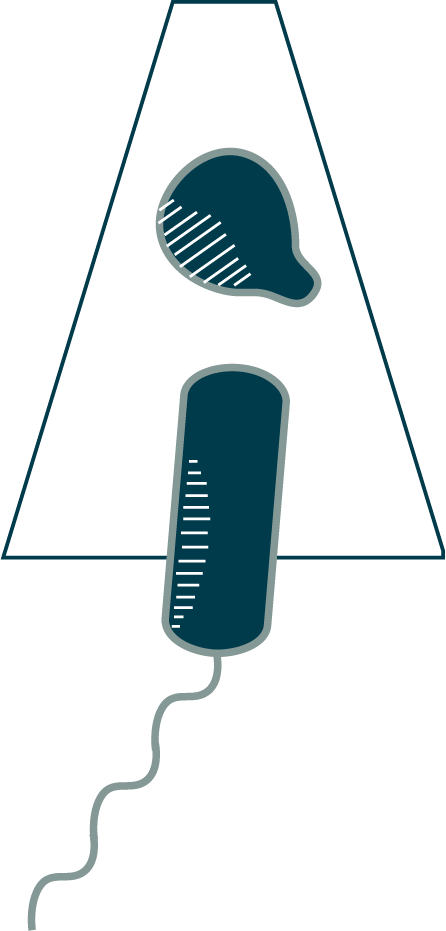If your cell lives on a surface, what is the best way to get around? How about using a grappling hook? Some bacteria, like this Myxococcus xanthus, use a type II secretion system related to the archaellar motor to pull themselves around their environment. As you can see, the structure looks familiar: a motor embedded in the envelope attached to a long extracellular filament. In this case the filament is called a pilus (“hair” in Latin). Bacteria and archaea make many kinds of pili (also generically called fimbriae (“fringe”)) and you will see some of their other functions in later chapters. The M. xanthus pili, classified as type IV pili, function not as propellers like flagella or archaella, but rather extend linearly, stick to a surface at the tip, and then retract to pull the cell toward the attachment point (⇩). (You can watch a video of Pseudomonas aeruginosa moving with type IV pili on Howard Berg’s website.) The pilus motors are the strongest known motors in nature, and can retract pili at up to 1 μm/s; the combined action of multiple pili leads to extremely rapid “twitching” motility of the cell over a surface. The motor structure, or basal body, remains intact even when no pilus is assembled. These rod-shaped cells have many basal bodies at both cell poles; to switch direction, the cell simply disassembles the pili on one end and builds new pili from the machines waiting on the other.
In addition to attaching to a surface, the pili can also stick to other M. xanthus cells. This enables the cells to move over surfaces en masse. Combined with their practice of eating other bacteria, this property has led them to be compared to packs of wolves hunting down their prey.




